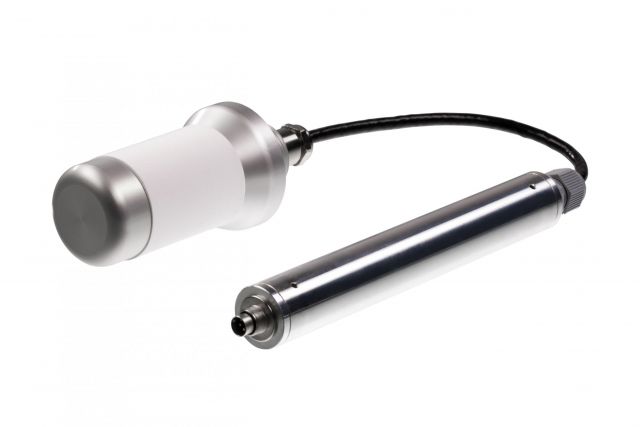
What Is Signal Drift in Gas Sensors?
Signal drift in a gas sensor works in a similar way. Its readings can slowly become less accurate over time, even when the concentration of gas being measured does not change. The sensor’s output "drifts" away from the correct value, leading to inaccurate results. This drift can occur over weeks, months, or years, depending on the sensor and its environment. It normally happens very slowly, but the effect becomes more pronounced over time.
What Causes Sensors to Drift?
There are several reasons why a gas sensor might lose accuracy over time. For example:
- Time: The infrared emitter and infrared detector can slightly change their physical properties over time.
- Environmental Stress: Long-term exposure to varying temperatures or humidity levels can affect sensor performance. Harsh conditions can make the sensor less reliable.
- Contamination: Dust, chemicals, or other gases can build up inside the sensor and hinder its ability to produce accurate readings.
- Cleaning Procedures: In applications like incubators, repeated sterilization can gradually cause the sensor to drift.
Why Does Drift Matter, and How Do We Measure It?
There is no such thing as a sensor that doesn’t drift - but drift can pose problems in the long term. A gas sensor reporting inaccurate results can bring risk in critical areas like air quality monitoring or the operation of medical equipment.
So, how is drift measured? As an example, let’s look at Micro-Hybrid’s MicroSENS 180-HS CO₂ sensor.
This sensor has a long-term stability specified as ≤ ±0.2 Vol.-% at 5 Vol.-% per year. This is considered an excellent rating. It means that if the sensor is placed in an environment with exactly 5 Vol.-% CO₂ and left there under stable conditions for one year, the sensor’s reading might change by up to ±0.2 Vol.-% due to drift. In other words, after one year it could read anywhere between 4.8 Vol.-% and 5.2 Vol.-%, even if the actual gas concentration of 5 Vol.-% CO₂ remains unchanged.
How Do We Know if a Signal Has Drifted?
If your readings change slowly over weeks or months without a change in the environment, this could indicate long-term drift. For example, if CO₂ levels read unusually high in a well-ventilated area, that could indicate a problem with sensor accuracy due to drift.
How Do We Keep Sensors Accurate?
Fortunately, there are ways to control signal drift. Most gas sensors require regular calibration. This is like giving the sensor a "reset" by exposing it to a known gas concentration and adjusting its readings accordingly.
Signal drift is a normal, inevitable part of how gas sensors age, but with the right care and attention, you can keep them working accurately and safely.
For optimal performance, contact Micro-Hybrid. Our application experts are ready to help you understand our products and assist with customized solutions for your specific needs.



